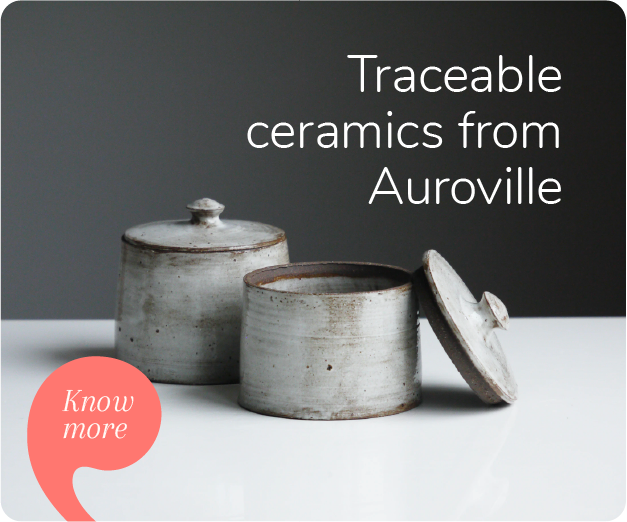Six yards of mulmul, handwoven and dyed with heed
An epitome of grace, in its folds of tradition and poetry
Along with a family of weavers, an empowered community
Was born Suta, a kaleidoscope of minimal sarees
The saree carries a civilization gracefully within its folds. It remains a timeless classic to this day right from its origins as the śāṭikā (Sanskrit: शाटिका). From the Harappans in 3000 BC to South Asians today, the saree has travelled across centuries with artful renditions, material innovations, and adaptations. While being worn it’s said in 108 different ways!
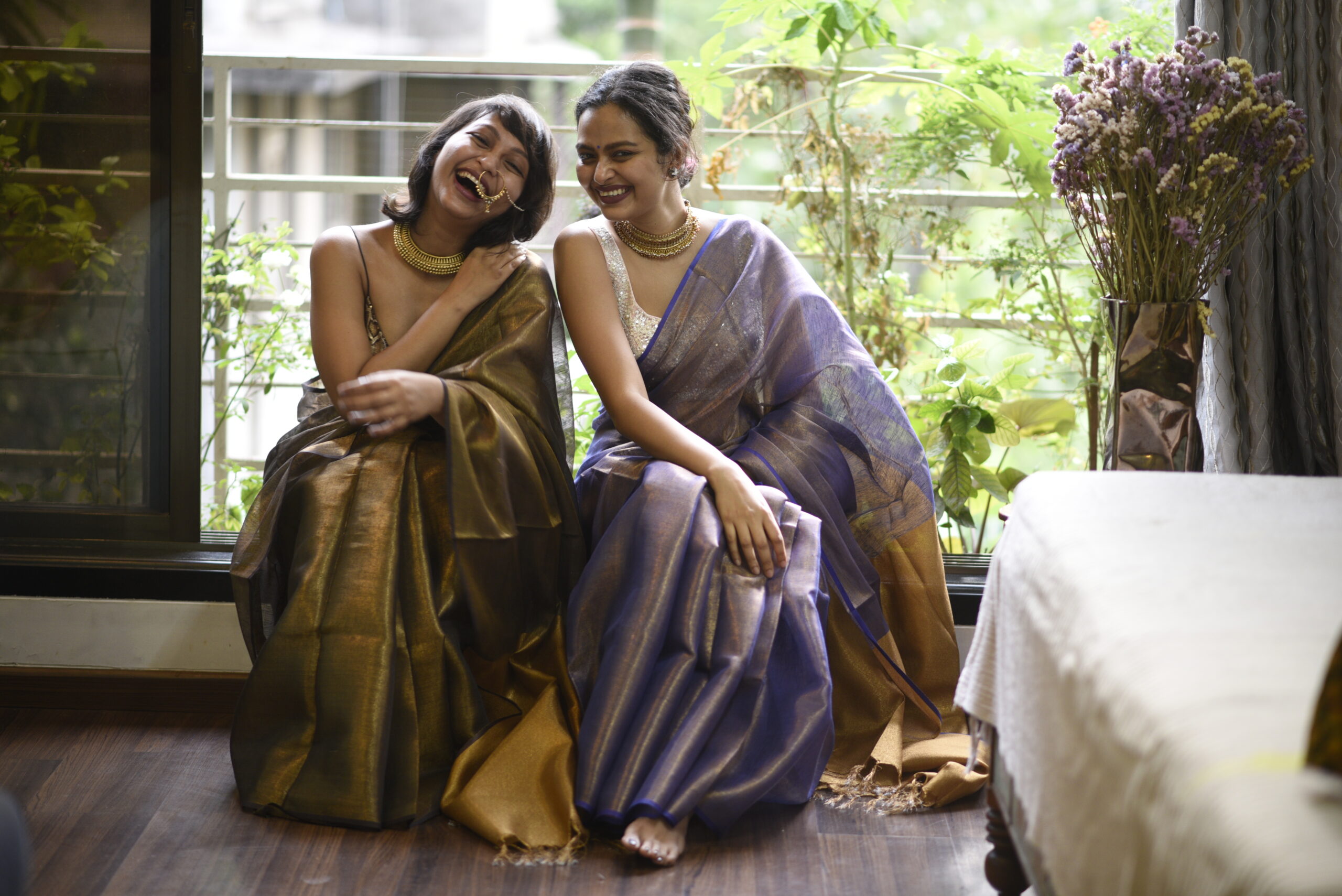
Every corner of the Indian subcontinent flaunts its dreamy drape, be it the opulent brocade on Banarasi silk from the north, the royal mulberry weaves of Kanjeevaram from the south, comfortably light Tant sarees from the east, or the meticulously tied and dyed Bandhani from the west, the love for sarees outdoes any traditional finery.
The saree does not judge or shame, it fits and complements every frame.
Across fashion cycles and eras, the saree never, even for a moment, lost its allure. But it has inspired many to remodel it for the times.
Suta is one such homegrown brand. It looks to both for inspiration – the craft traditions of India and local fabrics. Its earthy, simple designs, made-in-heaven mul, and affordable collections keep this artful tradition in vogue amongst young audiences.
The Suta Sisterhood
The word Suta means yarn or thread and is derived from the names of the two founding sisters – ‘su’ from Sujata and ‘ta’ from Taniya. The sisters dipped into their childhood memories for their creative streak. Of playfully draping themselves in their mother’s and grandmother’s sarees, a fascination that grew with age. Hailing from Bengal, the sisters decided to set up Suta following their personal experience and interaction with weavers. A love for sarees and a deep desire to improve the livelihood of weavers led them to build a truly conscious saree brand.
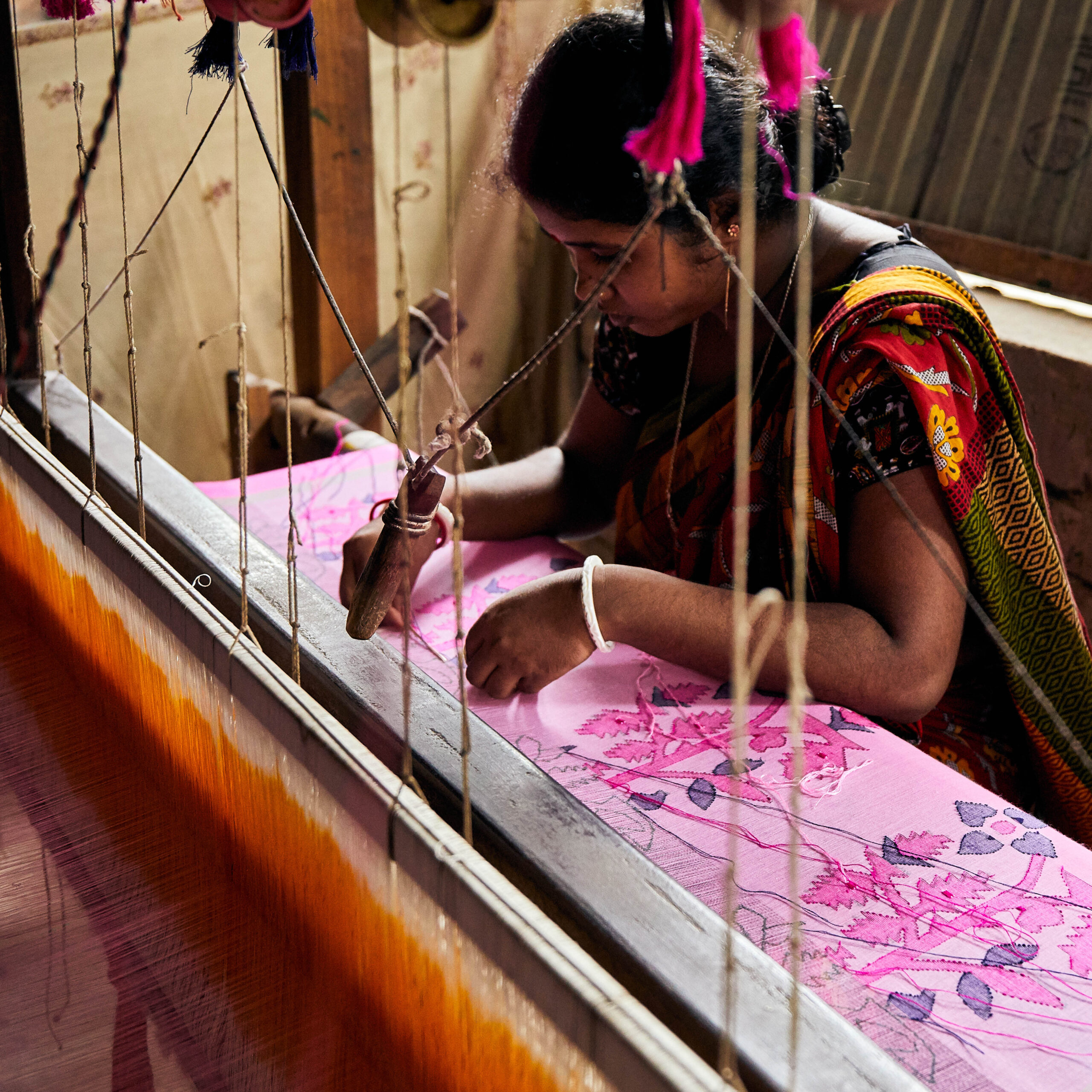
Mul aur Khesh
Suta sarees are known for being delicate and lightweight, their bestsellers are the mulmul ones, a material often referred to as the wonder gossamer or woven wind. Historically, mul was a fabric once exclusive to Indian royalty, which today has gained popularity all over the world.
Suta may as well be poetry that can be worn.
Apart from mul that is made with natural fibres, Suta upholds another fascinating eco-friendly practice through their Khesh collection. Khesh weaving is an age-old sustainable technique from West Bengal, where old sarees torn into thin strips are used as the weft, and a fresh thread as warp to craft brand new sarees. Suta uses this beautiful technique to repurpose sarees that were otherwise unsold or overproduced.
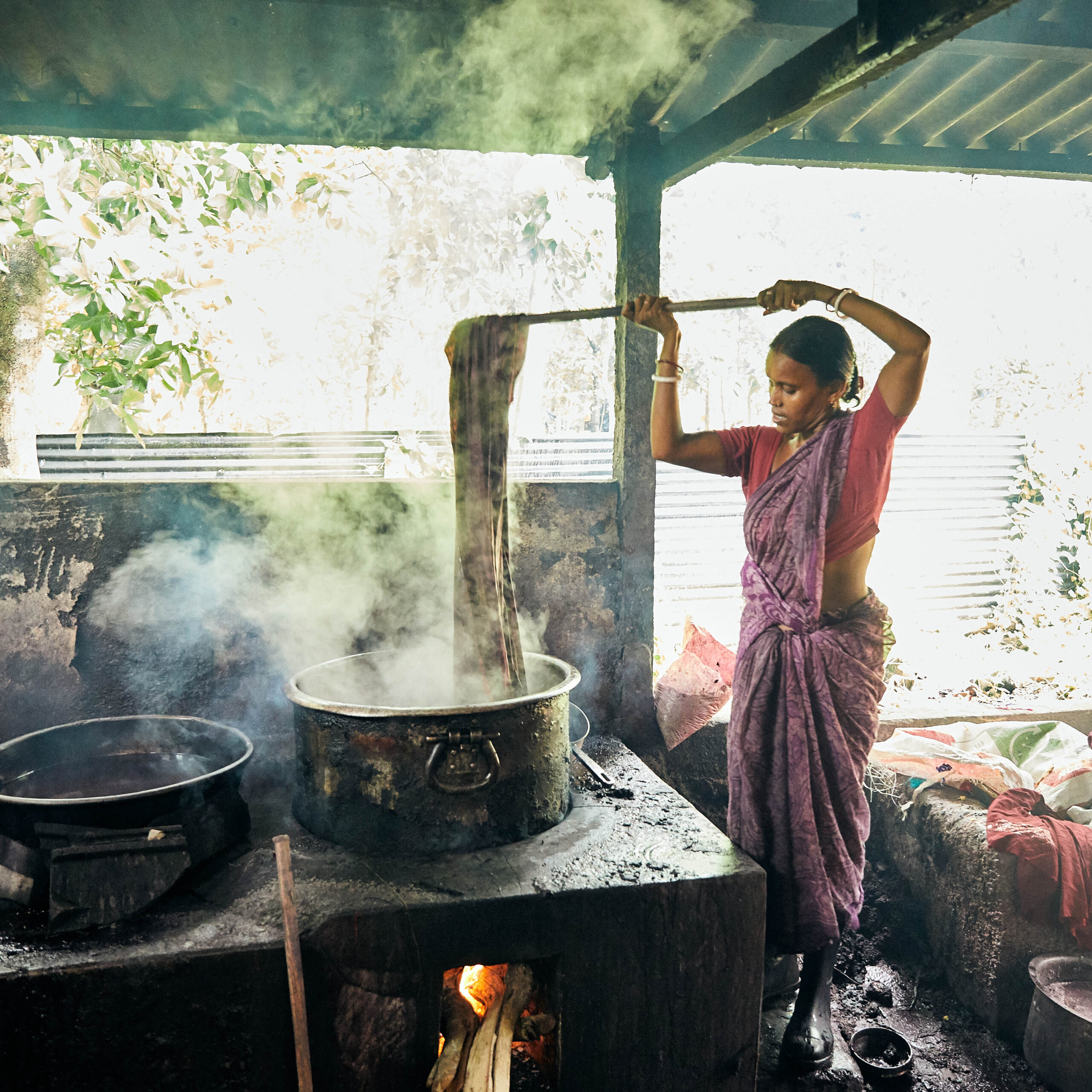
At Suta, the saree lover you can also find pure mulberry silk, handloom ikats, and linen, embellished with fine techniques like hand batik, block-printing, embroidery, and of course, ruffles.
A Conscious Collective
What makes this grassroots collective special is its responsible ethos. Suta is intrinsically conscious of its sourcing, manufacturing, and weaving processes. They currently boast a community of 17,000 weavers and artisans that Suta has employed, empowered, and uplifted. Weavers practice traditional and primarily sustainable techniques that have been passed through generations.
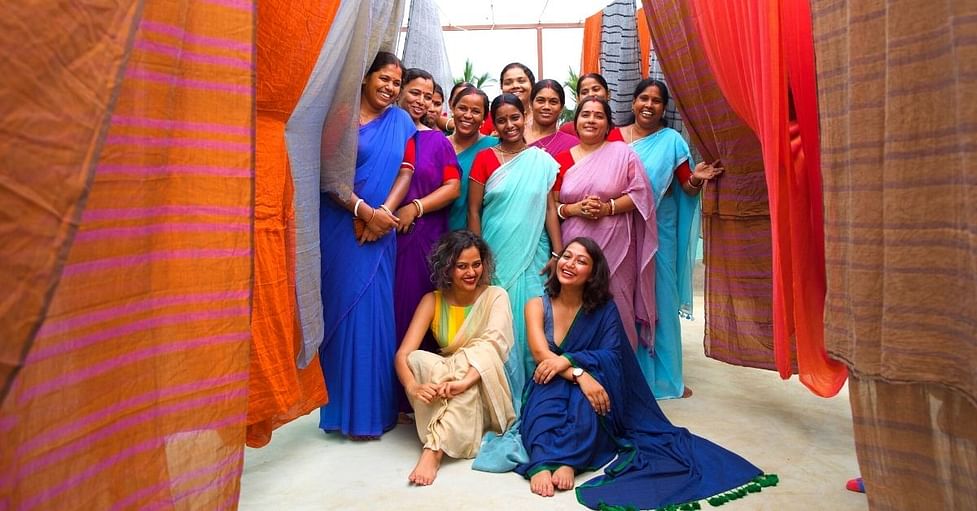
What started as a passion project to preserve and spotlight a craft, turned into a one-stop store for sarees. Suta is now weaving earth-friendly initiatives and building its artisanal community. Their first love however remains steadfast – sarees, a love that goes beyond six yards.





